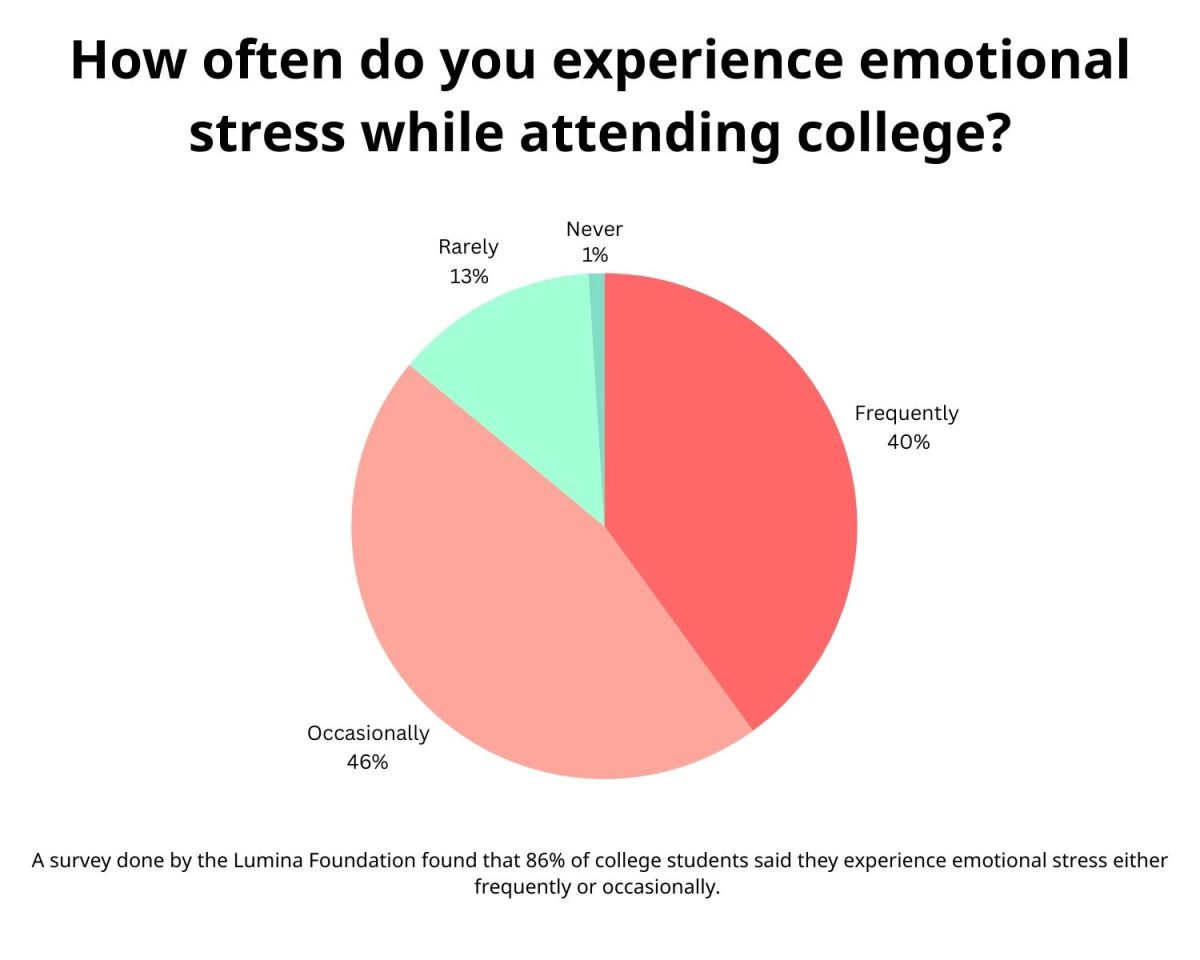India is not part of the nuclear non-proliferation treaty that prevents the spread of nuclear weapons, and there is a good reason for it. For the last two weeks Pakistan has substantially escalated its cease-fire violations along the line of control (LOC) in the Northern Indian state of Jammu Kashmir. Pakistan’s continuous staking of claims on the Indian state of Kashmir has never ceased in Indo-Pak history. This would be as if Canada continually claimed a chunk of Illinois or Mexico claimed a slice of Texas.
Maharajah Hari Singh, the ruler of Jammu and Kashmir, signed the treaty, the Instrument of Accession, 1947, and acceded the state of Jammu and Kashmir to the Union of India.
At present, there is a Jammu and Kashmir legislative assembly in place with a duly-elected chief minister.
Additionally, the United Nations Security Council has accepted India’s stand on the issue and has dismissed any talks of popular votes on the matter in the region.
Why does Pakistan do what it does along the LOC? Pakistan’s Prime Minister Nawaz Sharif faces enormous pressure from within. There were huge protests for his resignation a few weeks ago. The Pakistani army is detached from any central authority and runs completely independently from the state. There is a section of these commanders that believes creating insurgency within Kashmir may help their cause and return the region back to the Pakistani civilians and make them believe the army is the actual protective shield they have from India. With this, the Army gains a motion of confidence among the people.
Interestingly, this time what has changed is India’s response to the cease-fire violations. India has a strong majority new government and a prime minister who believes in bulldozing India’s agenda on the world stage. India has had a very calm response toward Pakistan for the last decade even after numerous cease-fire violations, the 26/11 attack and the beheadings of Indian soldiers.
For the last two weeks, India has begun a fierce retaliation along the line of control with counter-firing field artillery, a move Pakistan has not seen in the last decade. India also said the duty of creating a positive environment for normalization of relations lies on Pakistan. After the kind of response Pakistan got, it quickly wrote a letter to the U.N. Secretary General calling for international attention in the region to which Pakistan was denied. The U.N. responded telling them to resolve the issue with India through dialogue. Among many others, PM Sharif will be a happy man to know his army, which is opposed to peace talks, has failed in its aggressive actions.
How is the U.S. related to the issue? The Obama administration continues to provide close to $2 billion of funding to the Pakistani government. A report published in The Guardian in 2011 said Pakistan has historically been among the top recipients of U.S. aid. Since 1948, the U.S. has sent more than $50 billion in direct aid to the country. Nearly half of this has been for military assistance. This aid can reach the hands of the wrong people, those who promote direct attacks against India in the Kashmir valley.
In an article I wrote earlier this year, I cited Obama’s comments on Pakistan. In an interview to the CBS program “60 Minutes,” President Obama said, “We think that there had to be some sort of support network for Bin Laden inside of Pakistan. But we don’t know who or what that support network was.”
Additionally, with the financial aid we lend Pakistan, you should expect to at least have a better opinion of the U.S. in Pakistan among its civilians, but the numbers speak otherwise. According to a 2012 Pew Research poll, 74 percent of the Pakistanis polled believed the U.S. was an enemy.
Finally, let us come to the nuclear and one-on-one debate between India and Pakistan. Pakistan has a history of surprising its opponents; it has fought three official wars against India, in 1965, 1971 and 1999, all considerably won by India. Pakistan could have an initial advantage if it surprises India like it did in Kargil, but India’s military may still substantially decimate Pakistan.
How do the numbers stack up? India’s defense budget ranks 8th in world with approximately $50 billion, while Pakistan’s ranks 27th with a $5 billion budget. Approximately 1.25 billion people live in India, and over 180 million live in Pakistan. India’s field troops in 2013 were close to 2 million over Pakistan’s 600,000. India has close to 90 nuclear warheads, over Pakistan’s 30 to 50, and finally, India has 1.26 million square miles of land versus Pakistan’s 307,374 square miles.
A rational guess you can safely make is there is no comparison between the two countries. It will be unaffordable for Pakistan to kick-start a conventional war with India; an initial advantage cannot guarantee a victory. And therefore as most political scientists predict, a war is very unlikely between two nuclear powers in the Southeast Asian region. India is committed to never using nuclear weapons first, and Pakistan is unlikely to do so as well.





